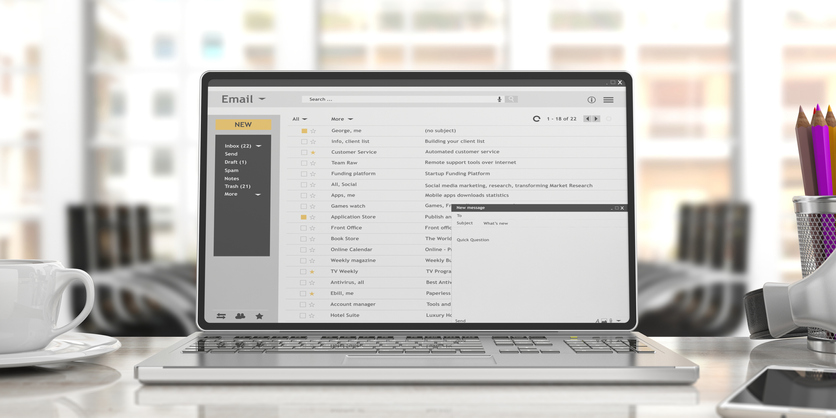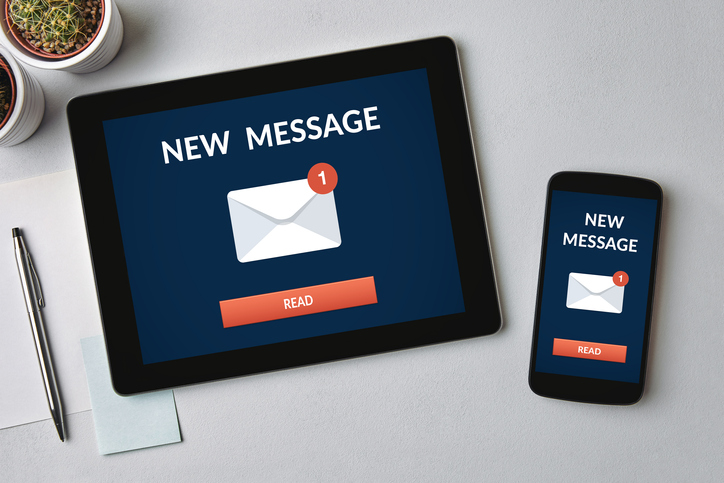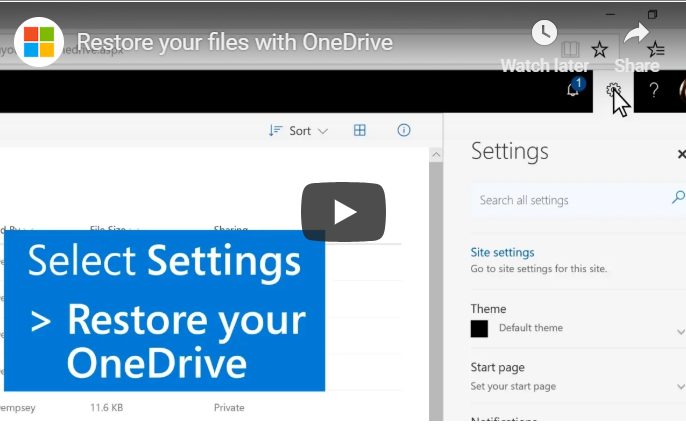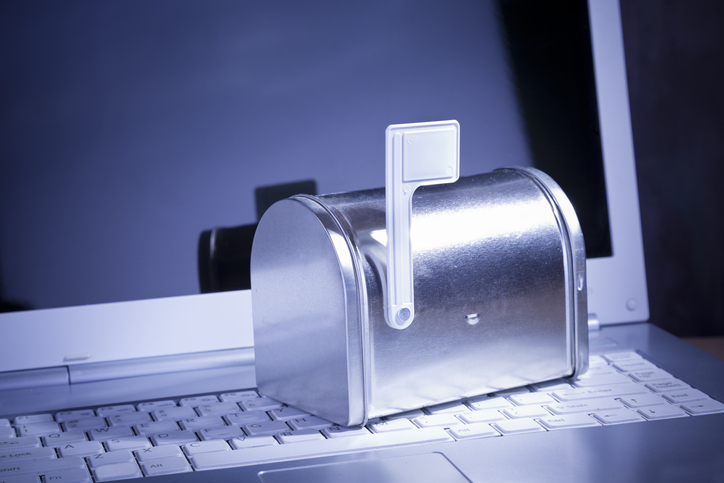
Ever since Microsoft incorporated as a company in April 1975, it has led the way in releasing innovative computing products for home and business users. From the release of its first operating system to the computer mouse to Microsoft Office, the company has always been one step ahead of the competition in changing the way people in the United States, Canada, Australia, and England manage their home lives. This year will be no exception. With 2019 being just days old, Microsoft has already indicated it will make three significant changes to the personal computing landscape.
Microsoft Edge to Become Chrome Engine
For as successful as Microsoft has been with its software programs and operating systems, the same cannot be said for each of the browsers it has released. It seems that every browser from Explorer 1.0 for Windows 95 to Microsoft Edge has struggled with spotty performance and security issues that did not win the confidence of users.
The introduction of Google Chrome and Mozilla Firefox gave consumers more options and caused a steep decline in the number of people who still used Microsoft Explorer, Edge, or other Microsoft browsers. To counteract its lost market share and inspire consumer confidence, Microsoft is rebuilding Edge using open-source software. It is the same software that currently allows Google Chrome to operate. Microsoft even plans to make the upgraded browser available to Mac users.
People who currently use Microsoft Edge will not have it disappear on them. Instead, they will notice greater consistency in website displays and overall improved performance. Current Chrome users will have a better experience while surfing the web on a Windows operating system. The goal is to improve the Internet for all who use it, not just those who choose to use a Microsoft product.
Skype for Business Changed to Microsoft Teams
Skype, the application that allows users to see and talk to one another through a video application, has long been a staple of the business world in developed nations around the globe. It has allowed companies to forgo expenses associated with sending people out of state or to another country to attend meetings and hold them remotely instead.
However, Microsoft recognized that the application required some tweaking to be more user-friendly for teams with people working remotely all across the world. This led to the creation of Microsoft Teams along with the announcement that Skype for Business would no longer be part of the Microsoft Office bundle for customers with fewer than 500 seats.
In development for several years, 2019 is the year that Microsoft Teams officially launches. Its designers considered the corporate and remote user and included several features that would make file sharing and team collaboration much easier.
The new communication system is a single platform that draws largely from cloud computing. This includes a chat application, inclusion of the popular cloud collaboration program Slack, and all features that users currently enjoy with Microsoft Office 365. Perhaps the biggest benefit of Microsoft Teams over Skype for Business is that it includes all features on a single platform.
The Introduction of Microsoft Office 2019
In the three decades since its 1989 launch, Microsoft Office has consistently been the productivity tool of choice for businesses and private users alike. People use programs such as Word, Excel, PowerPoint, Outlook, Publisher, Visio, and Project every day to create, manage, and communicate on the job and at home.
Its current version, Office 365, connects people to the cloud to make it easier than ever for collaborative teams to get their work done without sharing the same office space. Coupled with the increased ability to store files on the go, Office 365 shares much of the credit for making it possible for growing numbers of people to log in and work from anywhere.
The release of Microsoft Office 2019 is one of the three major changes the company will make this year. The new program shares many features with Office 365, including the availability of each of the seven productivity applications. It also has several key differences, including the following:
- Developers planned Microsoft Office 2019 as a one-time release, which means it will not receive any future updates
- More mobile application features that enable users to create a higher volume of content in less time
- Zoom features on PowerPoint for an enhanced viewing experience
- New Excel spreadsheet features that make it easier to create charts and analyze data
- Outlook email program automatically sorts emails and pushes the most important ones to the top
The major decision facing Microsoft Office business users is whether to remain with the subscription-based 365 program or upgrade to the one-time 2019 release.
What Next?
It is too early in the year to determine how these changes will affect users and whether Microsoft will ultimately profit from them. The only thing any computer user or an IT department can say for sure is that change is constant. The most successful people accept that nothing stays the same in the world of personal computers. They welcome the opportunity to change and to reap the benefits of someone else’s innovation.









